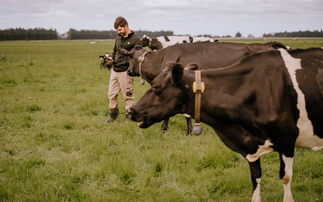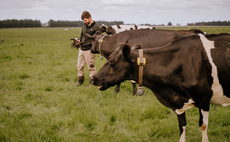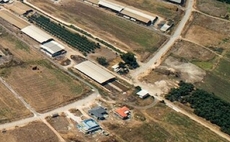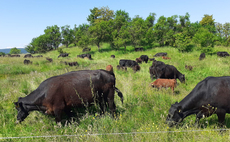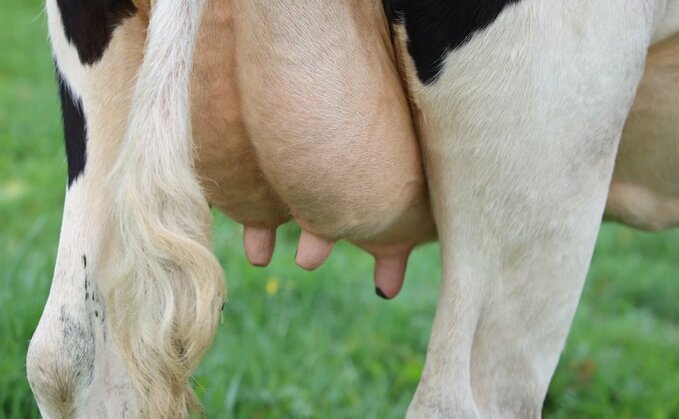
Mastatest rapidly informs dairy farmers about the cause of mastitis cases and antibiotic sensitivity and gives a vet-recommended treatment protocol. It also provides farmers with long-term herd insight to guide management decisions.
So how does it work?
A collected milk sample is poured into a cartridge, placed in the ‘Lapbox' hardware unit, and a cycle is started, a process which takes less than 30 seconds.
The sample is then automatically processed in the Lapbox, which works by capturing images of the colour-change reactions within the cartridge and transmitting them to the cloud for analysis and interpretation.
In just 24 hours, farmers receive an electronic notification of the result, stating the cause of mastitis, the antibiotic sensitivity of the strain present, and a recommended treatment plan based on the protocol determined by your vet.
Accessible
And with all on-farm data captured in an online console, it is fully accessible, aiding farmers to build a reliable programme for mastitis control planning.
Targeting antibiotic use
According to Mastaplex, up to 50 per cent of mastitis cases on UK dairy farms are caused by gram-negative bacteria such as E.coli, or do not have a bacterial cause.
But for those cows that do have a gram-positive mastitis infection, Mastatest's unique system can indicate which antibiotic the strain will be most sensitive to, helping to target antibiotic usage.
By using Mastatest, farmers can reduce the use of antibiotics, leading to fewer and shorter milk withholding periods.
Future-proof your farm
With the help of Mastatest, you can identify optimal treatment options for your herd and the farm-specific data set will help inform your mastitis management decisions.
For more information about installing Mastatest, go to www.mastatest.com/get-in-touch








